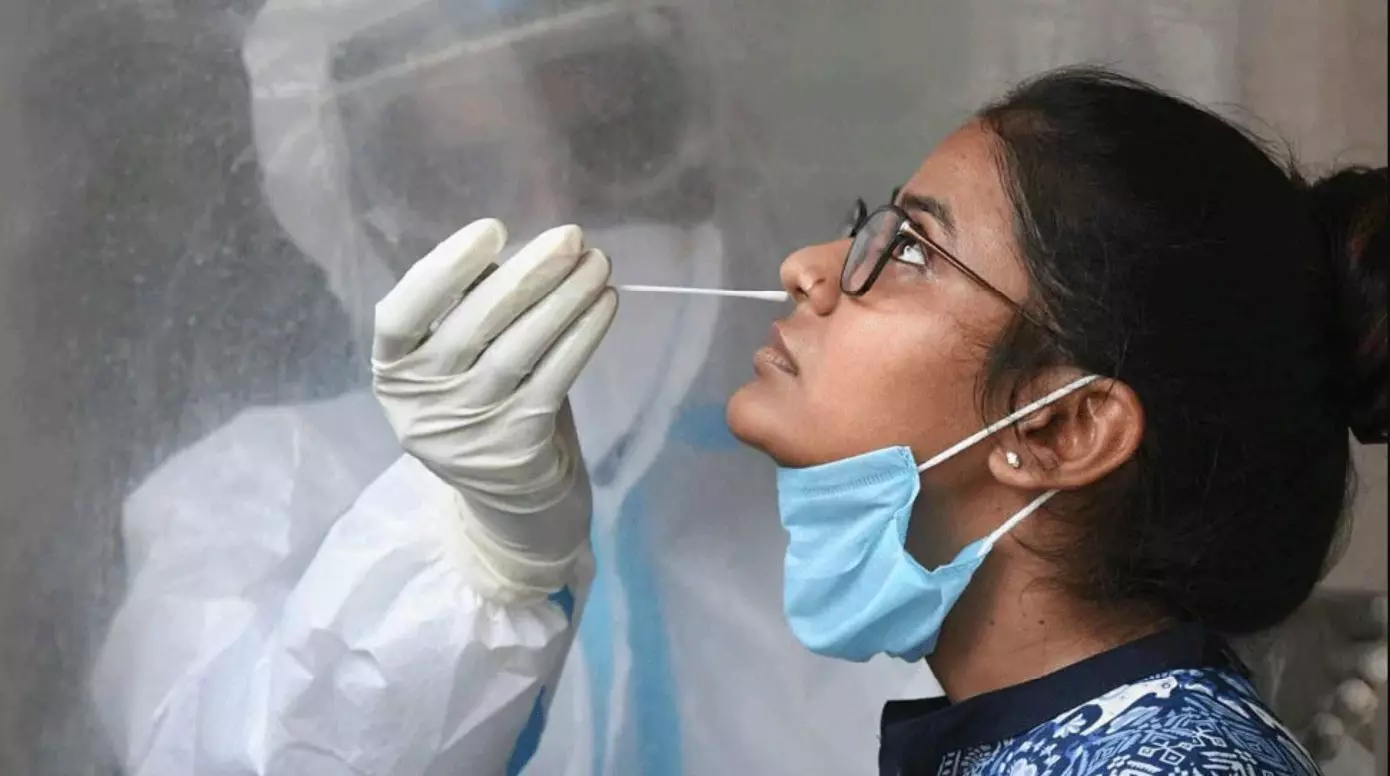A continuous threat

The crowds in Delhi and other parts of the country are by and large maskless. Precautionary measures like social distancing and hand sanitation have been completely done away with, not just by individual persons but also at public places. While the severity of the COVID-19 pandemic is unanimously accepted by one and all, its recurrence is something that people tend to downplay. Viral diseases, as we all know, recur each year in particular seasons. The same goes for the COVID-19. It is very critical to understand that the idea of putting a tab on COVID-19 disease is not centered around the weakening of the virus, but in strengthening human’s immunity to fight against the virus. All through the pandemic years, a certain degree of immunity has been built that makes us relatively safer today. The process of acquiring greater immunity is still on, but till then, caution is the concept that should guide our path forward. Data released by the Union Health Ministry on April 18 show that India recorded 7,633 new coronavirus infections, and the active cases have increased to 61,233. The data also revealed that 11 deaths were recorded countrywide. Delhi and Kerala reported four deaths each while Haryana, Karnataka and Punjab reported one death each. On April 17, Delhi itself recorded 1,017 cases while the positivity rate touched a 15-month high of 32.25 per cent. Punjab, too, reported 148 cases. Indeed, the severity of the situation is nowhere close to what it had been during the first two waves of the pandemic. And it need not be so. But the grim fact is that beyond falling and rising statistics, lives are still being lost. And each life has a cost that can’t be captured by statistics. It is pertinent to re-emphasise that safe practices for preventing COVID-19 will have to be inculcated in the lives of common people on a sustainable basis, irrespective of the direction in which the graph is headed. Every act of negligence could turn out to be lethal. It is high-time that masking and hand sanitising are popularised not just as a response to the surge in COVID-19 cases, but as a lifestyle change made imperative by the changing scenario. This wishful thinking is, however, far from reality. Even in metro cities like Delhi, the availability of facilities like hand sanitisation were done away with the earliest signs of retreat of the pandemic. The fading emphasis on such facilities not just practically make people less safe, but also shape their mentality about the risks arising from COVID-19. Apart from being safety tools, these facilities also act as a form of communication, conveying that COVID-19 is still a risk, as it keeps claiming lives. Furthermore, the dynamism of the progression of COVID-19 disease is not unidirectional; it is not just about humans acquiring immunity against the virus on a broader scale, but also about how the virus is still exhibiting the capability of resurfacing in newer, unknown forms. Presently, XBB1.16.1 — a mutation of Omicron’s infectious XBB1.16 variant which was first spotted in January — is also in circulation. The Indian SARS-CoV-2 Genomics Consortium (INSACOG) — a joint initiative of the Union Health Ministry of Health and Department of Biotechnology (DBT) with the Council for Scientific & Industrial Research (CSIR) and Indian Council of Medical Research (ICMR) — has reported that 436 cases of XBB1.16.1 have been detected across the country. Spread of this variant could lead to a faster rise in the number of COVID cases in India. Additionally, until the COVID-19 disease normalises in society with an appropriate amount of immunity, there is always a chance of propping up of yet newer variants whose virulence cannot be anticipated. It will be a wrong articulation that people and institutions must resort to safety protocols because COVID cases are rising in the country. The right way to put this would be to modify our life habits permanently, or at least till the threat of COVID-19 reduces substantially. The disease still has the potential to spiral out of control. It is reassuring that certain state governments are acting proactively to tackle the problem. These efforts will have to be sustained. That’s the only key.



